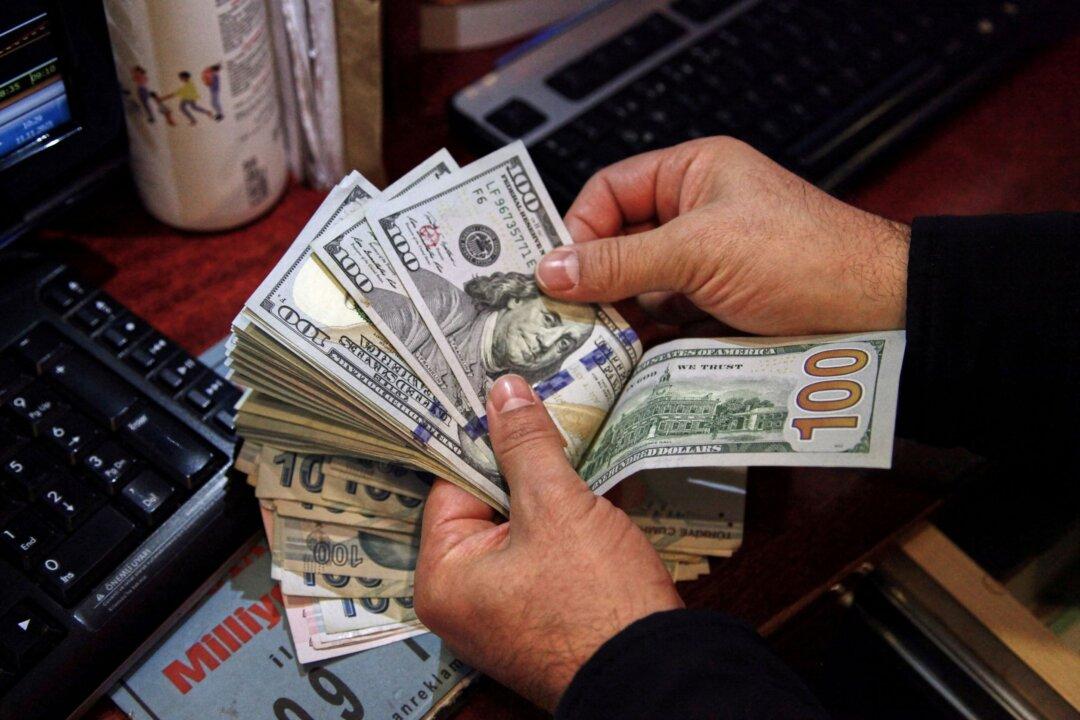LONDON—The euro fell in thin holiday trading on Wednesday and the dollar sent the yen to a one-month low, as investors looked past surging cases of Omicron in another bout of risk appetite.
Risk-sensitive currencies such as the Australian dollar were higher as stocks motored upwards but the euro bucked the trend and weakened 0.2 percent to $1.1287, while the dollar index added 0.2 percent to 96.321.





